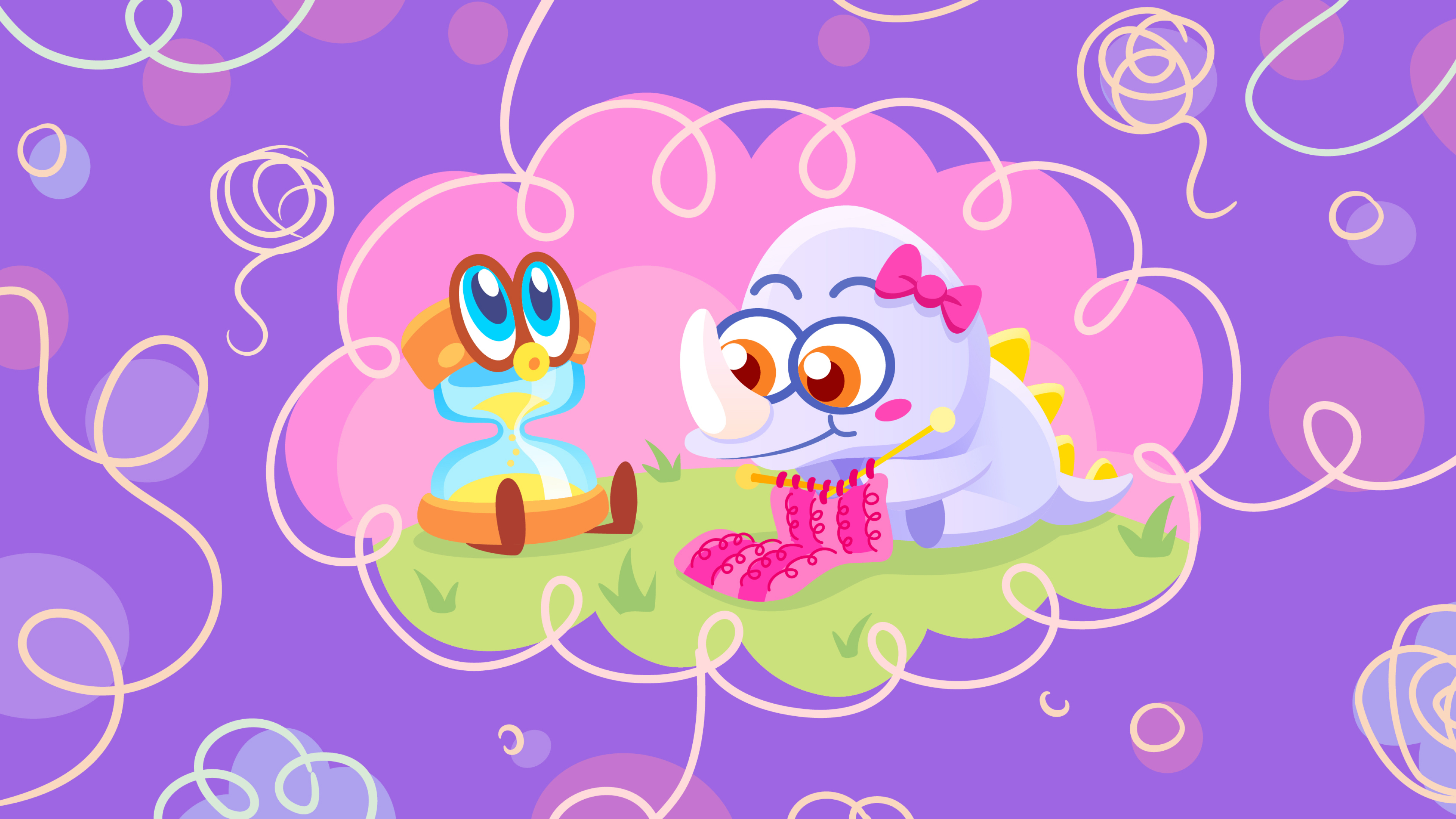
- 7 mins
Understanding, Recognizing and Managing Emotions

One of the most important ways that children learn is through experience. As children develop, their ability to tolerate, wait, and adapt develops also. Young children’s frustration tolerance is low, and therefore their ability to wait is low. Developmentally appropriate practice both in school and at home provide small increments of time spent waiting. Adults can support children during this time by acknowledging the child’s experience and by providing positive reinforcement. Patience is a skill that requires patience. Be sure that your expectations are reasonable based on the child’s age and that your positive language surrounding the experience is consistent. For example: “I know waiting is hard and you’ve been standing in line so patiently. It is not easy.”
One of the most effective ways that caregivers can teach patience is to model patience when faced with frustrations. In doing so, children observe your reactions and note how you describe your experience. For example, if you’re waiting in a long checkout line at the supermarket, you can make conversation with your child or play a game involving your grocery items. This modeling also teaches your child to employ new strategies when patience is necessary. You can ask questions about how they feel throughout the situation and what types of actions they need to move through the experience. In the supermarket example, you could say, “What should we do while we wait?” or “Should we sing a song while we unload the cart?”. By offering your child these options, you give them tools to experience the frustration, and then regulate. Kids are able to experience a range of emotions that come with practicing patience when an adult doesn’t try to solve the problem for them right away.
As your child’s brain develops, so does their understanding of routine, of the concept of “future” as it relates to time, and of how to label their emotions. As your child grows, use clear language for how you describe time. Many adults may use expressions like “Give me a minute”, but for developing brains these are merely concepts. Instead, journalist Steve Calechman suggests in this article on patience, when helping a child learn how to delay gratification be clear on the terms of how long they will be expected to wait, try using an audio cue (such as a timer) for this interval, and nurture your child’s feelings about waiting throughout the experience.
As a caregiver, it’s important to continuously practice and add to your child’s waiting strategies toolkit as they develop. Make time to talk about the emotions surrounding patience, including intrinsic and external rewards.
The Moshi Moment Patience with Doris and Topsy Turvy teaches children that they are not alone in their feelings about waiting. It also provides language for children to describe that restless, impatient feeling when being asked to wait. In searching for the words within the activity, caregivers can briefly discuss the definition of each word with children and provide more significant meaning to their patience skillset. Using the activity, talk about a strategy that Topsy Turvy uses when he has to wait. Discuss with your child a way that Doris distracts herself. Ask them to share a way that they like to distract themselves when waiting.